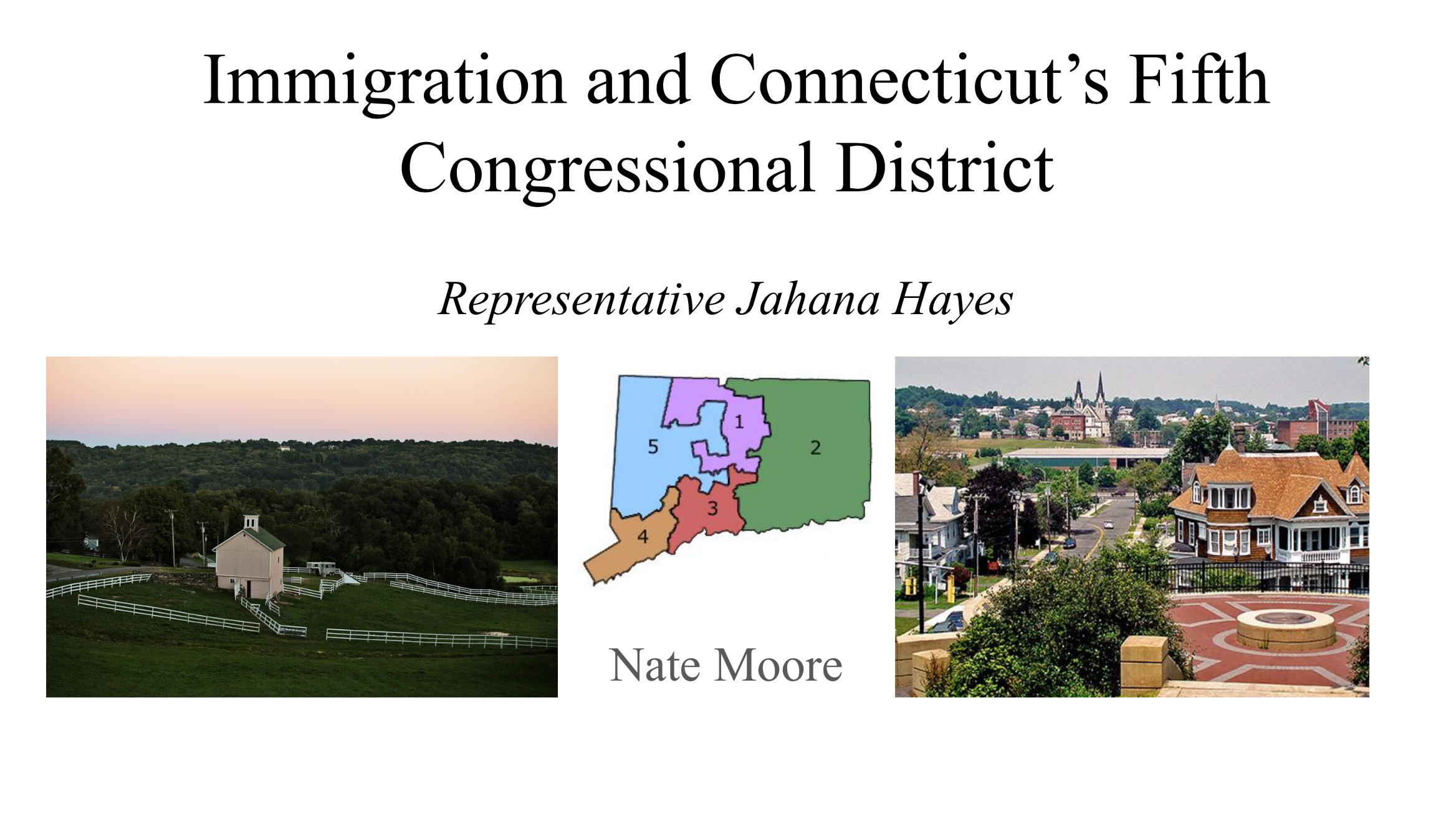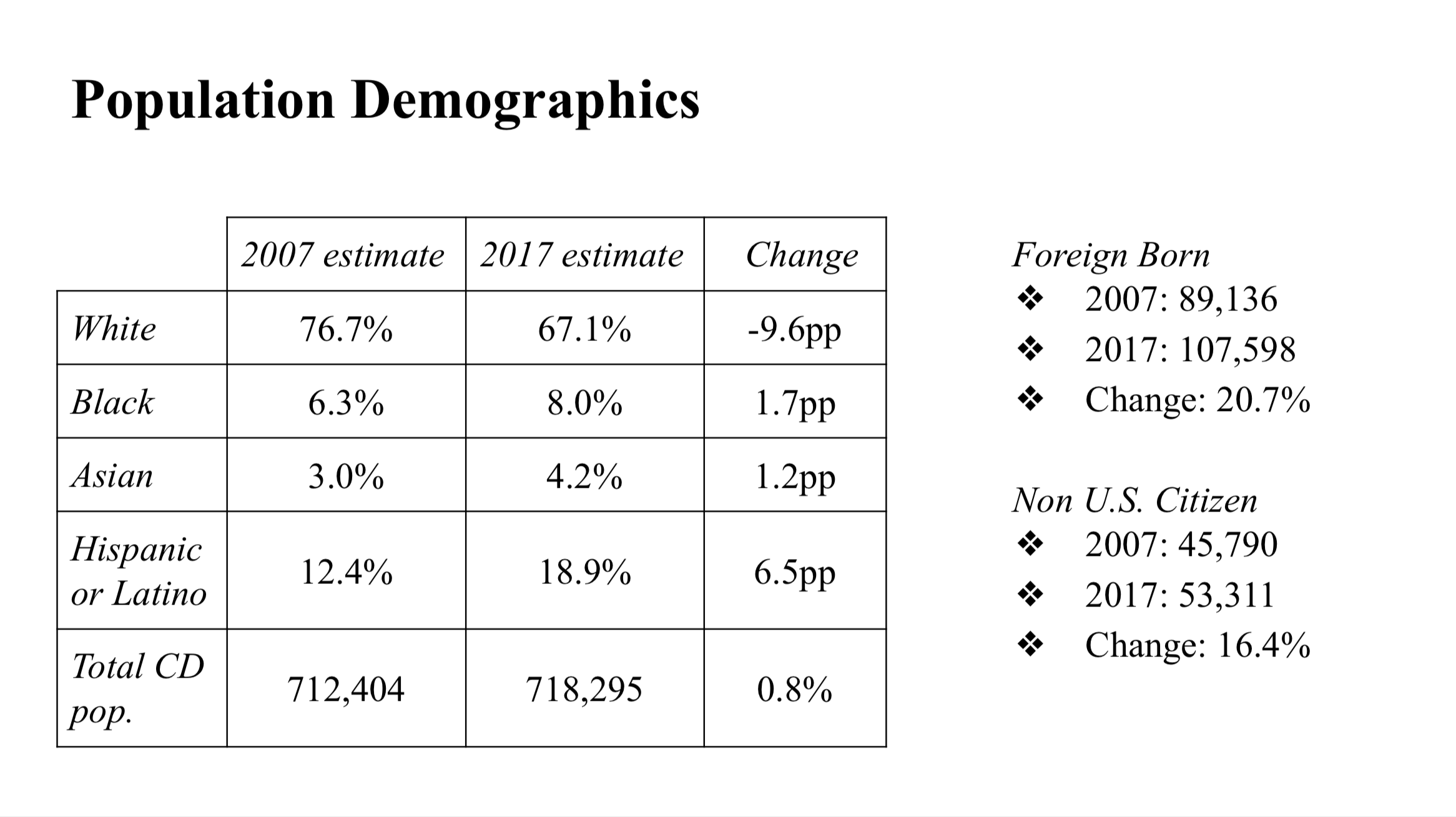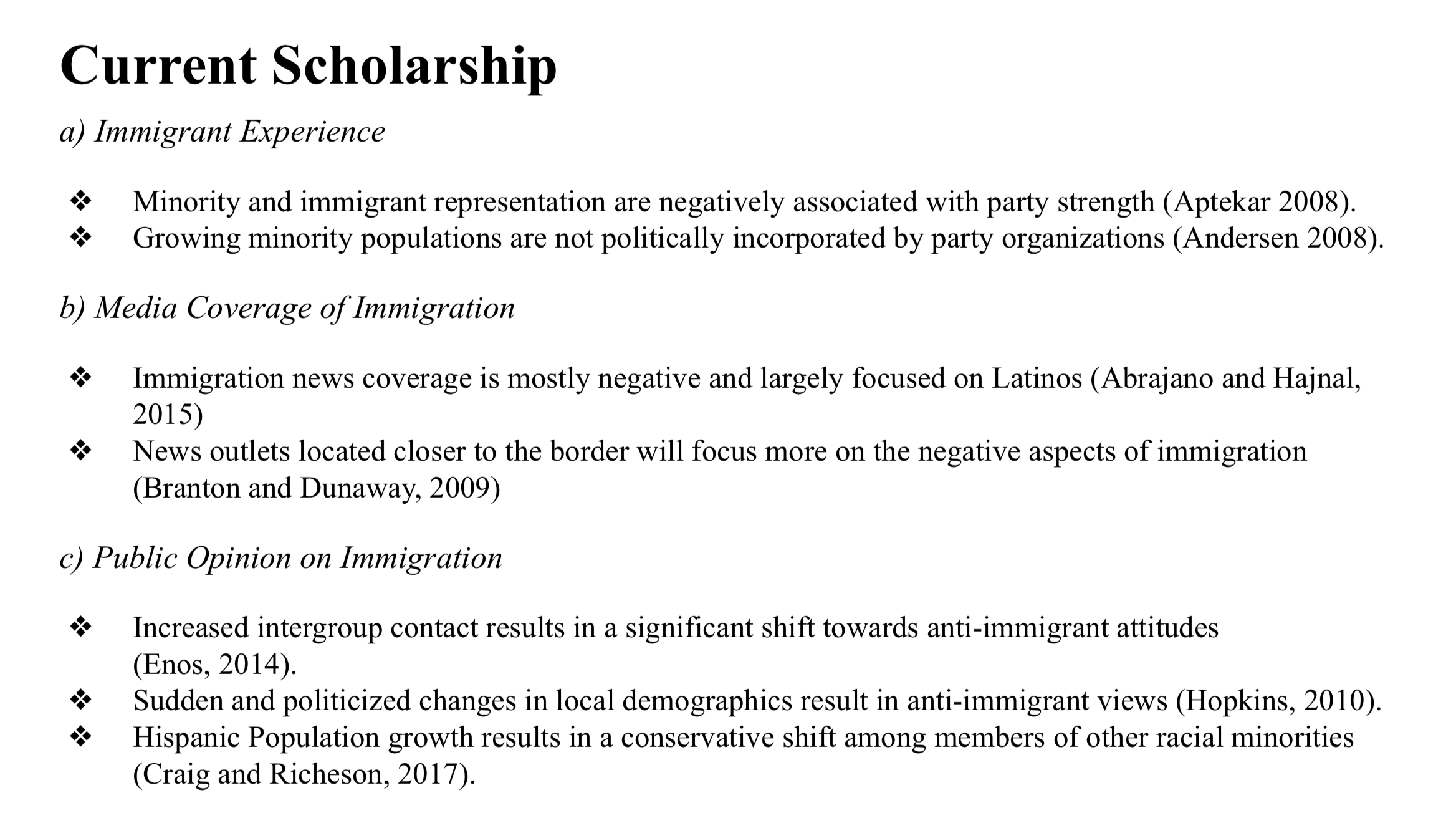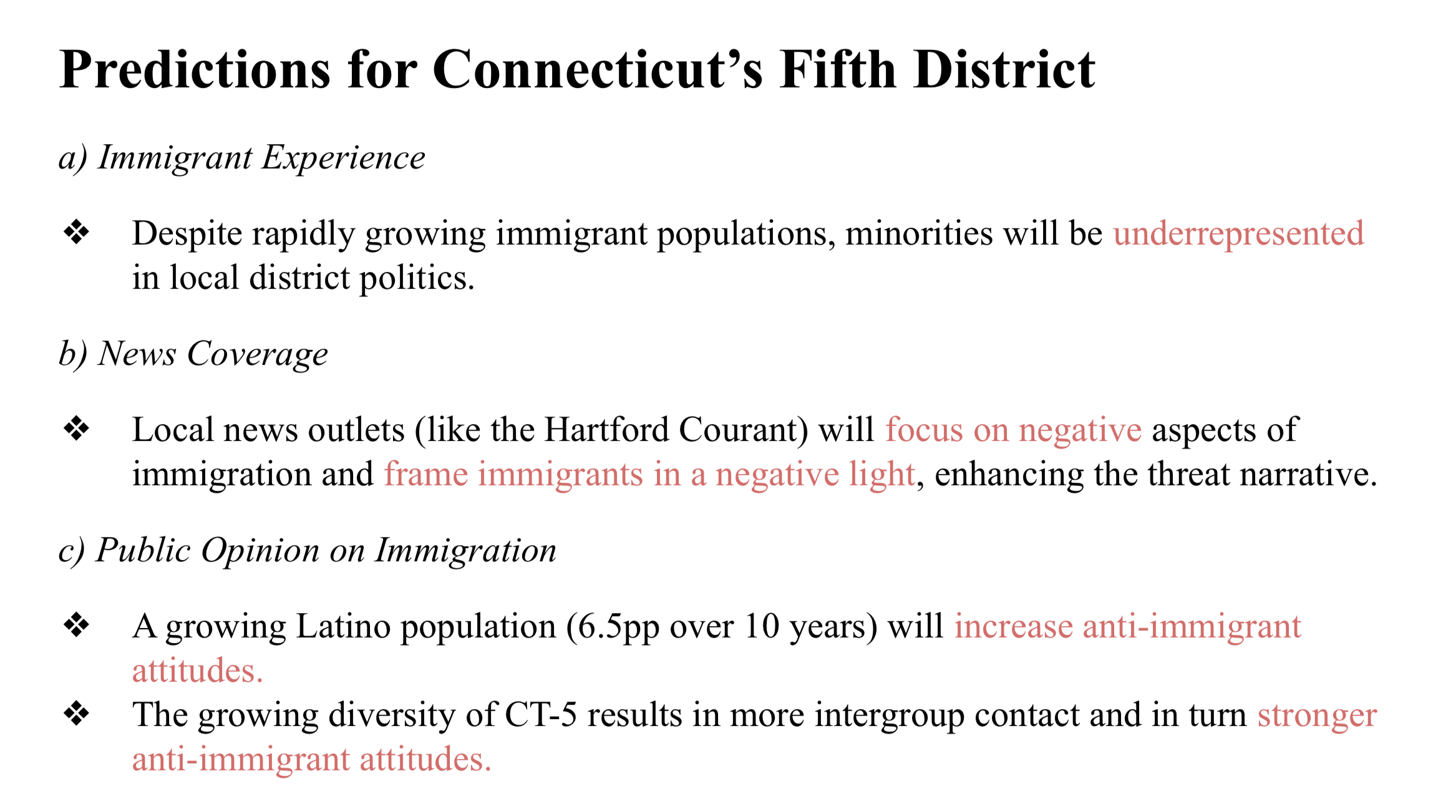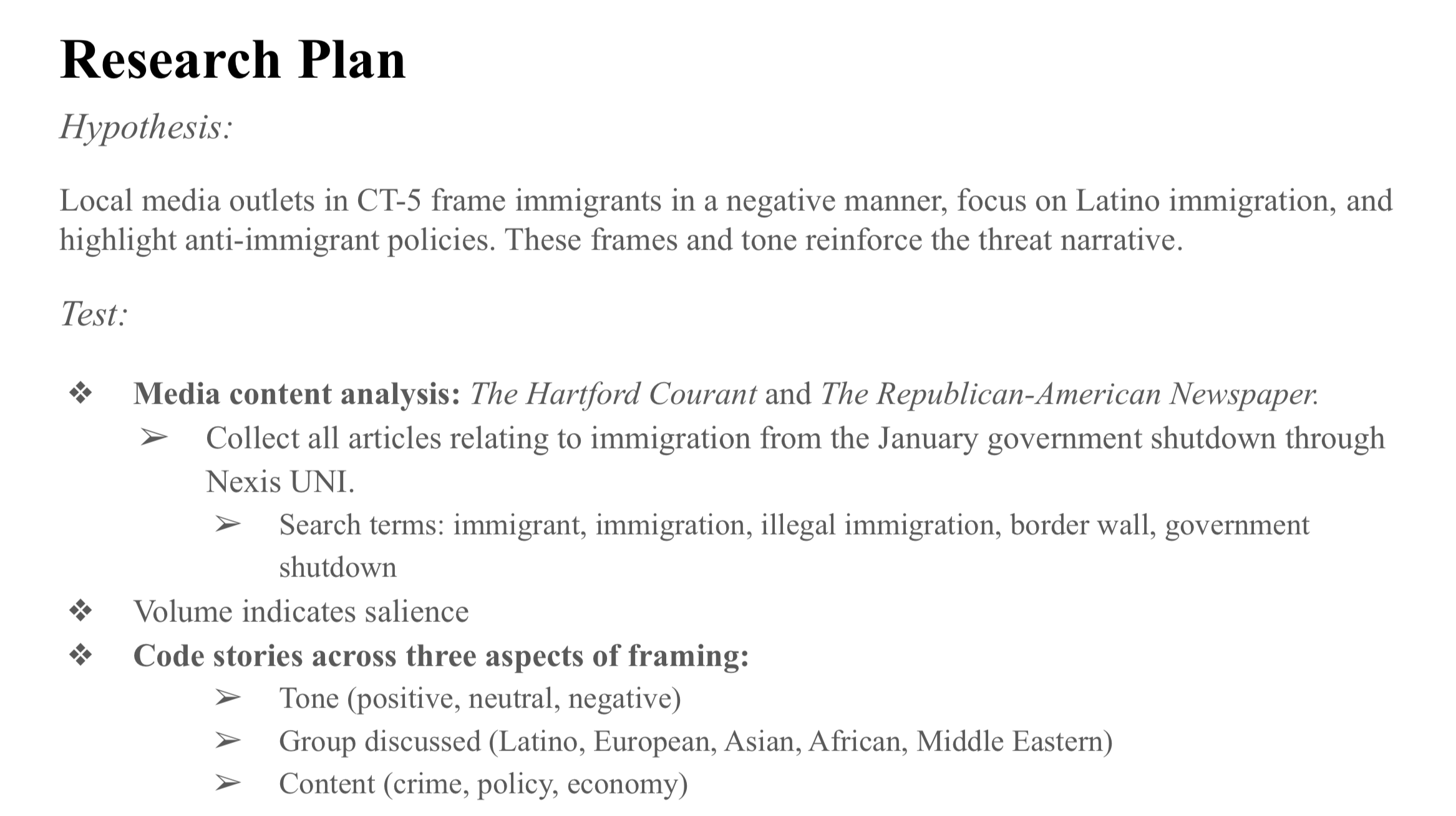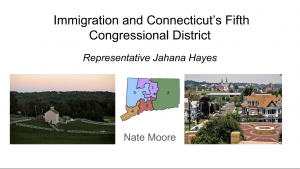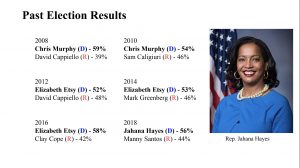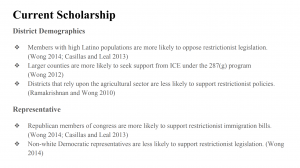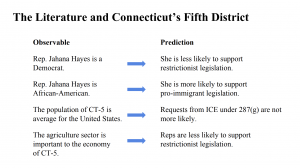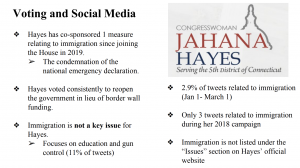Pragmatism and Protection
How Connecticut Democrats can support immigrants in the Trump-Era.
Summary:
As cases pile up and contention grows, national immigration reform becomes more and more unlikely. Connecticut has the privilege of being a national leader in protecting immigrants. Of course, however, much can still be done. Pragmatic policies that focus on on education and voting are vital. Many do not require the signature of the President, perhaps the largest obstacle to pro-immigrant reform today. They provide protection to undocumented immigrants and greater political, economic, and academic opportunity. I do not mean to suggest any acceptance of the vitriolic speech and anti-immigrant attitudes of the current administration. These should be fought at every turn. But if Connecticut Democrats want to pass pro-immigrant laws while Republicans control the White House, pragmatic policies and statewide legislation are the best course of action.
Full Op-ed:
The American immigration system is broken. Courts have hundreds of thousands of pending immigration cases, each of which takes almost two years to resolve. Families wait in limbo, wondering if they will be detained and deported. Nativist and xenophobic rhetoric runs rampant on Capitol Hill and in the White House. The resulting policies harm all Americans.
There is no easy fix. Our increasingly polarized political landscape— at nearly all levels of government— makes comprehensive immigration reform ever more elusive. President after president, Congress after Congress, Democrats and Republicans alike, have tried and failed to pass immigration reform. President Obama’s sole immigration related accomplishment, Deferred Action for Childhood Arrivals (DACA), came via constitutionally questionable executive order. Today, unity around such a divisive issue seems near impossible. Bold, idealistic policies have their merits, but are useless if dead on arrival. Rep. Jahana Hayes, and all Connecticut representatives, must focus on pragmatic, locally oriented solutions if progress is to be made.
A strong, inclusive education system is an essential foundation to immigrant success and integration. According to the American Immigration Council, nearly 20% of Connecticut immigrants have less than a high school diploma. Only 7.6% of natives fall into the same category. This disparity is alarming and impacts the lives of all immigrants. Ms. Hayes should focus on narrowing this gap. Connecticut has already passed several laws that protect undocumented immigrant students, including offering them in state tuition rates. It is also imperative that younger undocumented immigrant students can attend school without fear they may be rounded up by ICE. Strengthening student privacy laws is a good place to start. Undocumented immigrants should be able to provide requisite information to their schools and other services without fear of federal retribution. Ms. Hayes, a former national teacher of the year, should recognize the critical role a strong education system plays in immigrant integration. Schools and students aside, Democrats should push for more cities– and perhaps the entire state– to become a sanctuary for immigrants. Proposed in 2017, the bill was never signed into law. Ms. Hayes, a new force in Connecticut and national politics, should use her recognition and political clout to advocate for this bill. This is a sensible first step to eventually providing citizenship to undocumented immigrants.
In 2016, Senator Chris Murphy started the Latino Leadership Academy, which provides young Latinos, many of whom are immigrants, political mentoring and connections with people in power. This program began to remedy the dramatic lack of latino and immigrant representation in Connecticut’s government. It is critical that Ms. Hayes uses her political power to advocate for these students and their continued success. Expanding this program would open up more opportunities for immigrant children across the state. The National Conference of State Legislators reports only 7% of Connecticut’s state assembly is Hispanic and no members are Latino. Minorities and immigrants are more likely to vote, and become politically involved, when they their elected officials are also minorities or immigrants (Baldinucci et al, 2004). Increasing the number of immigrant representatives is imperative to dispelling negative stereotypes of immigrants propagated by this president. Ms. Hayes and her freshman colleagues, members of the most diverse congress ever, are indispensable advocates for the importance of minority and immigrant representation.
Hispanics and Latinos are the largest growing population group in the United States and Connecticut. With this growing population, comes more voting power and political sway. Connecticut Democrats have grown complacent expecting large margins of victory among immigrant voters. Once a potent force for immigrant enfranchisement, political parties have largely left the task up to nonprofits (Andersen, 2008). Strong efforts to register naturalized immigrants of all nationalities must be a top priority for Connecticut Democrats at home and nationwide. Our democracy benefits from participation. And ultimately, voting is the best way to counter anti-immigrant policies and rhetoric.
Despite the aforementioned flaws, Connecticut has been one of the most progressive states on immigration legislation. New Haven’s municipal ID program was the first of its kind in the United States and has proven invaluable for the civic integration of undocumented immigrants (de Graauw, 2014). Six years later, in 2013, a bill was passed allowing undocumented immigrants to obtain driver’s licenses, increasing mobility and safety for some of the states most vulnerable residents. On May 15 of this year, the state senate strengthened the 2013 TRUST Act and reduced cooperation with ICE even further. These laws protecting immigrants are undoubtedly in conflict with the policies of the Trump administration. Nationally elected Connecticut Democrats must work hard to protect these laws from federal interference. This preservation is far more practical than chasing the ultra-progressive policies many national Democrats champion, especially while President Trump is in office.
As cases pile up and contention grows, national immigration reform becomes more and more unlikely. Connecticut has the privilege of being a national leader in protecting immigrants. Of course, however, much can still be done. The pragmatic policies I have outlined above center on education and voting. Many do not require the signature of the President, perhaps the largest obstacle to pro-immigrant reform today. They provide protection to undocumented immigrants and greater political, economic, and academic opportunity. I do not mean to suggest any acceptance of the vitriolic speech and anti-immigrant attitudes of the current administration. These should be fought at every turn. But if Democrats want to pass pro-immigrant laws while Republicans control the White House, pragmatic policies and statewide legislation are the best course of action.
